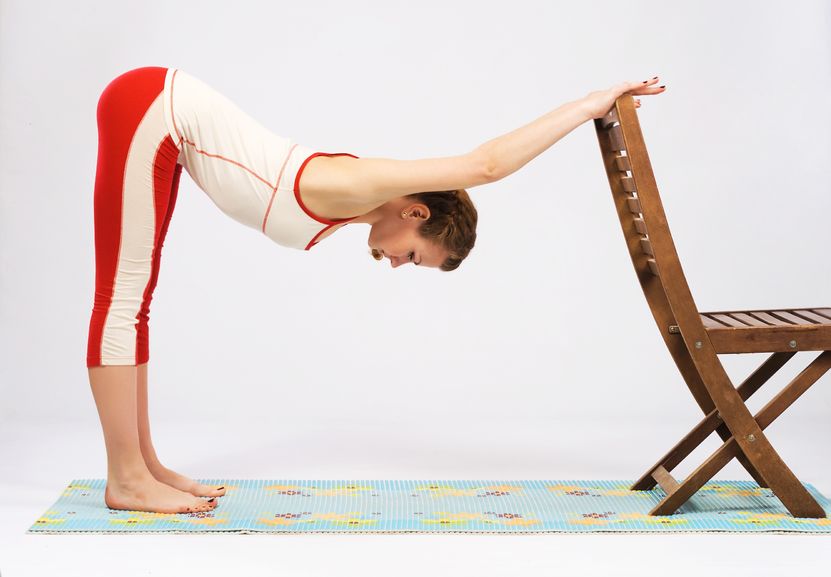This test is run by .
Note that your final mark will not be saved in the system.
Note that your final mark will not be saved in the system.
3.2.1.2 Preparation and training methods: maintaining physical activity Typeit
Target Level
C
Running Total
0
0%
Attempt
1 of 3
Type the correct answers into the spaces. Fill all the spaces before clicking ‘Check Answers!’

There are specific training methods designed to improve certain aspects of physical and health. These are chosen based on how their characteristics align with the sport or activity that the participant is involved in. Some of the most common training methods for different components of fitness and health are listed below:
- training involves constant-pace exercise at a low to intensity for over 30 minutes. It is designed to improve in constant-intensity endurance events such as open-water swimming, rowing, triathlon and the marathon. It is very easy to administer and progress, and requires minimal equipment. However, the repetitive nature of activity can be tedious.
- training is characterised by exercise that involves no rest periods but does vary in intensity by changing the speed or . It is also used to improve but is more appropriate to players of team sports, e.g. hockey and football, as it is reflective of the movement patterns during a game. The versatility of this training method is effective in overcoming tedium, but it can be difficult to gauge an appropriate intensity.
- High-intensity training (HIIT) involves bouts of short-, high-intensity work interspersed with periods of rest or recovery. It is used to improve anaerobic power and is a popular method of training owing to the relatively small time frame of sessions. It is a little more difficult to administer as it needs a level of experienced guidance to recommend suitable work-to-rest ratios.
- training utilises multiple stations that are manipulated to focus on . This can be achieved by extending the length of time or number of repetitions and sets at each station, decreasing the rest period between sets and stations, or increasing the number of stations or the total number of complete cycles. It requires a lot of space and equipment, which limits the accessibility of this form of training.
- training is used to improve through the use of free weights or fixed resistance machines. These are manipulated to select appropriate exercises, loads, set and rep schemes, and rest periods to suit the type of strength adaptations looking to be achieved.
- neuromuscular facilitation (PNF) is a stretching technique used to increase . This is performed by the individual actively stretching the muscle or muscle group before isometrically contracting the muscle against a partner for resistance. This inhibits the stretch reflex for the partner to then passively stretch the muscle beyond the initial range of motion.